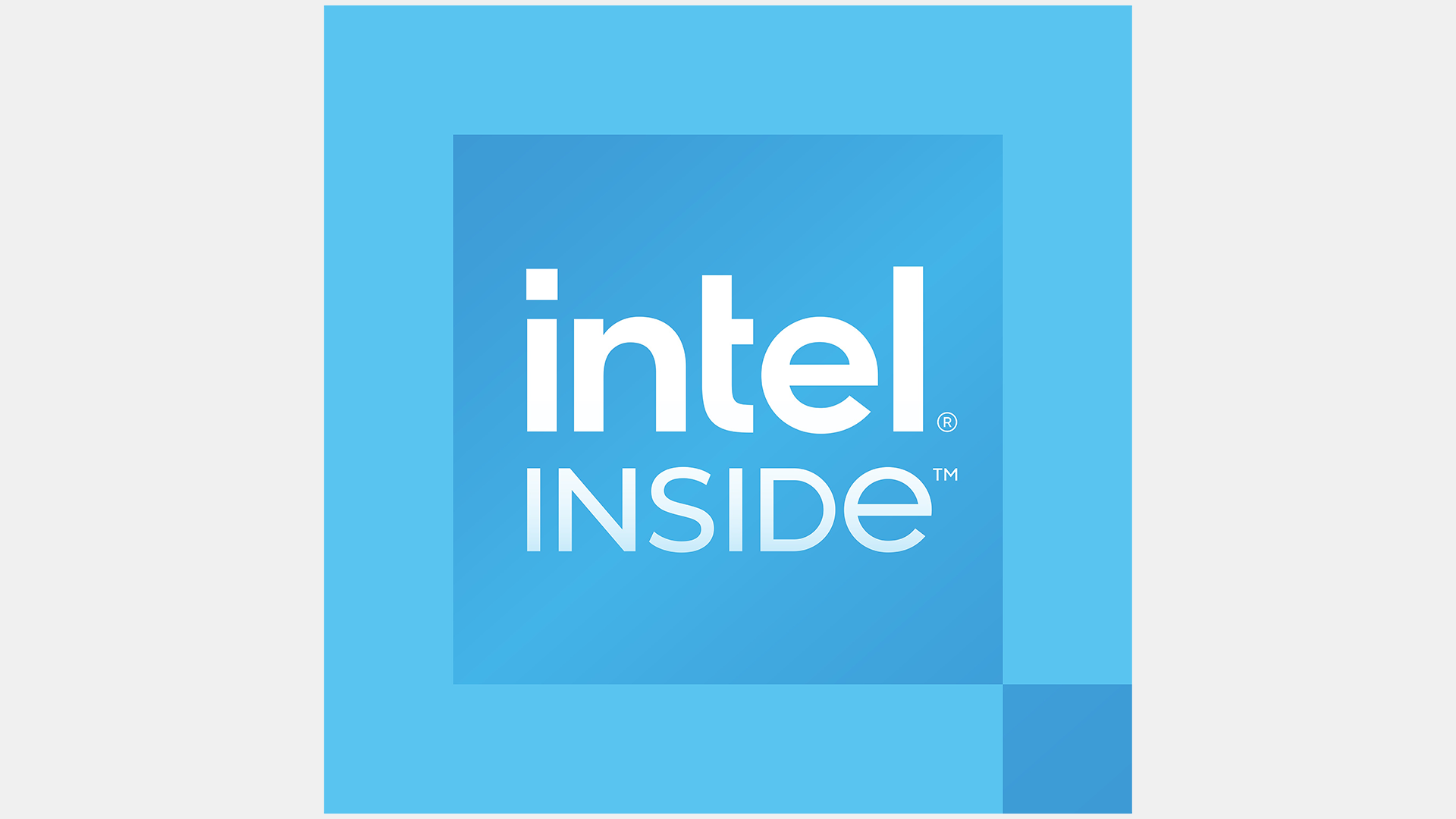Intel's Dual-Core Alder Lake-N CPU Benchmarked
The lowest end of the low end.

Intel's Alder Lake-N family of processors aimed at entry-level PCs has its own hierarchy and includes multiple options, including the flagship eight-core Core i3-N305, mid-range quad-core N97, and low-end dual-core N50. The latter belongs to a segment that represents little interest to performance-minded users, which is why such chips never get reviewed. But someone shared test results from the Intel Processor N50 in Geekbench (via @BenchLeaks).
Intel's Processor N50 features two general-purpose cores based on the Gracemont microarchitecture. Operating at 3.40 GHz, the chip comes with UHD-badged Xe-based graphics core with 16 EUs at 750 MHz and supports up to 16GB DDR4, DDR5, and LPDDR5 memory. With a thermal design power of 6W, the CPU can serve various applications, including laptops, thin clients, compact desktops, and many other low-power things. What the SoC is not meant to offer is, of course, high performance.
| Header Cell - Column 0 | Intel N50 | Intel N97 | Core i3-N305 |
|---|---|---|---|
| General specifications | 2E, up to 3.40 GHz | 16 EU at 750 MHz | 4E, up to 3.60 GHz | 24 EU at 1.20 GHz | 8E, up to 3.78 GHz | 32 EU at 1.25 GHz |
| Single-Core | Score | 1054 | 1208 | 1431 |
| Multi-Core | Score | 1388 | 2879 | 5538 |
| OpenCL | 2014 | 5192 | 7081 |
Indeed, even single-core results of the Intel Processor N50 in Geekbench 6 CPU tests are significantly lower than those of the Processor N97 and Core i3-N305, which is unsurprising given its lower frequency. The multi-core score is predictably over two times lower than the N97 since this is a dual-core CPU.
As far as OpenCL compute performance is concerned, the Processor N50 comes with a severely cut-down integrated GPU that only has 16 execution units and runs at only 750 MHz. It cannot even compare to iGPUs of the N97 and N305 since they have more EUs that run considerably faster.
Of course, Intel's N50 can run productivity applications just fine, especially if it does not need to compute large XLS files or perform other resource-demanding tasks. Still, this CPU is generally meant to sit in a very simplistic machine that uses cloud resources or processes light workloads.
Geekbench 6 is a synthetic benchmark that does not necessarily represent performance in real-world applications, but when a CPU is times behind even entry-level offerings, it is evident that it is slow.
Get Tom's Hardware's best news and in-depth reviews, straight to your inbox.

Anton Shilov is a contributing writer at Tom’s Hardware. Over the past couple of decades, he has covered everything from CPUs and GPUs to supercomputers and from modern process technologies and latest fab tools to high-tech industry trends.
-
bit_user Does anyone know how many different dies there are for Alder Lake-N? I've only found one die shot, which shows all 8 cores and is about 60% as big as the die of the i9-12900K! That would mean every N50 is made from an 8-core die with 6 of them disabled. Given that they probably don't have too many which are that defective, that would make these N50's either extremely rare or not very cost-effective for Intel to sell.Reply -
usertests Reply
Yeah well there's a reason it took this long to surface. They are just wasting perfectly good silicon for the customers who ask for it I guess.bit_user said:Does anyone know how many different dies there are for Alder Lake-N? I've only found one die shot, which shows all 8 cores and is about 60% as big as the die of the i9-12900K! That would mean every N50 is made from an 8-core die with 6 of them disabled. Given that they probably don't have too many which are that defective, that would make these N50's either extremely rare or not very cost-effective for Intel to sell.
It's not unprecedented. See the Ryzen 3 5125C. -
heickel.ramadhan is there a Quad Core version, are these socketable? if it is I might looking for my upcoming Plex Server/NAS thingReply -
bit_user Reply
Most N-series are quad-core and none of them are socketable.heickel.ramadhan said:is there a Quad Core version, are these socketable? if it is I might looking for my upcoming Plex Server/NAS thing
https://ark.intel.com/content/www/us/en/ark/products/codename/232598/products-formerly-alder-laken.html
However, you can find a couple mini-ITX boards with them:
https://www.asus.com/motherboards-components/motherboards/prime/prime-n100i-d-d4/https://www.asus.com/motherboards-components/motherboards/csm/prime-n100i-d-d4-csm/https://www.asrock.com/mb/Intel/N100DC-ITX/index.us.asp
And even a micro-ATX board:
https://www.asrock.com/mb/Intel/N100M/index.us.asp#Specification
...although you should pay close attention to the specs on it.
Unfortunately, none of these are ideal for a file server or NAS, due to the lack of support for ECC memory. Some of the industrial-oriented boards support in-band ECC.
Also, the above boards each support only 1x DDR4-3200 DIMM, which is fine for a micro-server or NAS, but not great for a desktop.